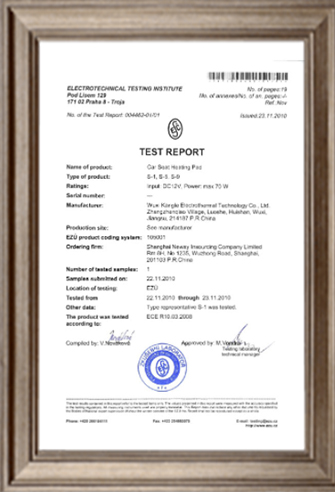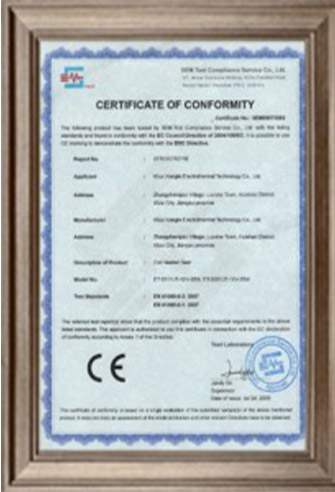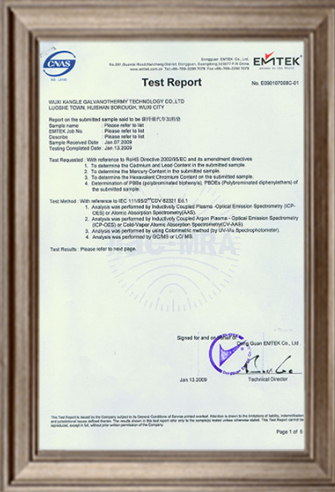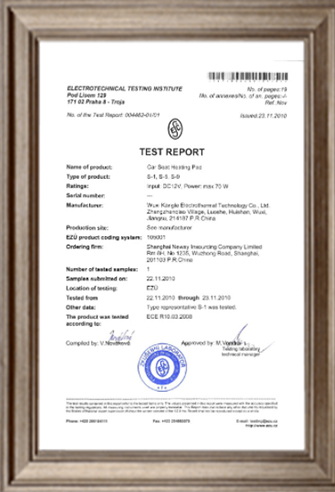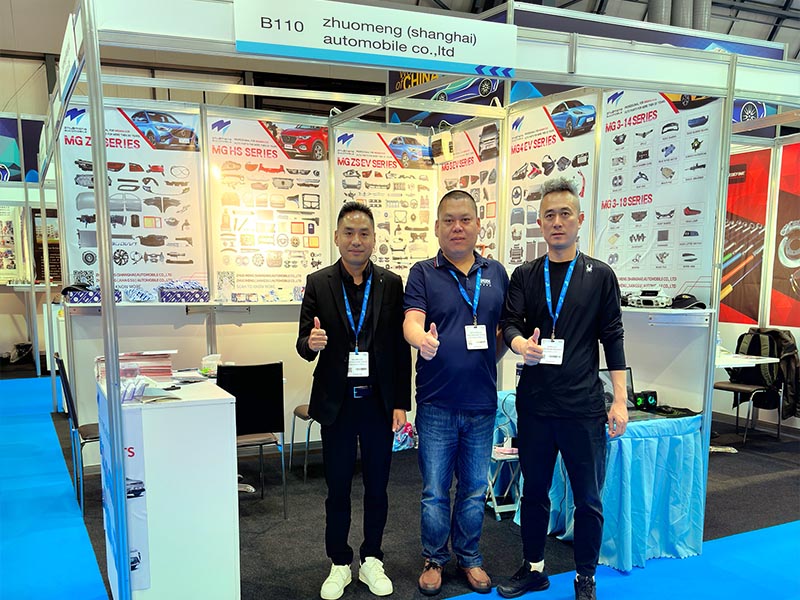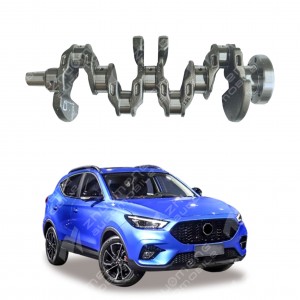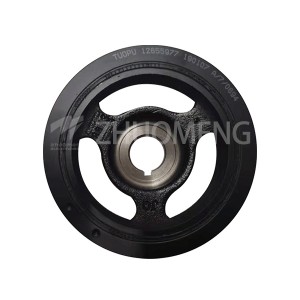Crankshaft bearing bush.
The tiles that are mounted on the fixed brackets of the crankshaft and cylinder block and play the role of bearing and lubrication are usually called crankshaft bearing pads.
Crankshaft bearing is generally divided into two types: bearing and flanging bearing. Flanged bearing shell can not only support and lubricate the crankshaft, but also play the role of axial positioning of the crankshaft.
notch
The notches of the two tiles should face the same side, and if the connecting rod bearing bush is special on both sides, the marks on the side of the connecting rod should be seen.
Bearing length
The new bearing is loaded into the seat hole, and each end of the upper and lower two pieces should be 0.03-0.05mm higher than the bearing seat plane. To ensure that the bearing shell and seat hole closely fit, improve the heat dissipation effect.
The empirical method to check the length of the bearing bush is: install the bearing bush, install the bearing bush cover, tighten one end bolt according to the specified torque value, insert a gasket of 0.05mm thickness between the other end cover and the bearing bush seat plane, when the torque of the screw end bolt reaches 10-20N·m, if the gasket can not be extracted, it indicates that the bearing length is too long, and the end without positioning joint should be file down; If the gasket can be extracted, it indicates that the bearing length is suitable; If the gasket is not screwed to the specified torque value, it cannot be extracted, indicating that the bearing bush is too short and should be re-selected.
Smooth back tenon good
Bearing back should be spot-free, surface roughness Ra is 0.8μm, tenon can prevent bearing bushing rotation, positioning function, such as tenon is too low, can be used to impact the ideal height, such as tenon damage, should be re-selected bearing bushing.
Elastic fit without husk
After placing the new bearing bush on the bearing seat, the curvature radius of the bearing bush is required to be greater than the curvature radius of the seat hole. When the bearing bush is loaded into the seat hole, it can be closely fitted with the bearing seat hole by the spring of the bearing bush itself to facilitate heat dissipation. Check whether the bearing shell is dumb, you can tap the back of the bearing shell to check, there is dumb sound indicates that the alloy and the bottom plate is not strong, should be re-selected.
The matching gap of the shaft tile journal should be appropriate
When the bearing shell is selected, the matching gap must be checked. During the inspection, the cylinder gauge and the micrometer measure the bearing bush and the journal, and the difference is the fit clearance. The inspection method of the clearance of the bearing bush is: for the connecting rod, apply a thin layer of oil on the bearing bush, tighten the connecting rod on the corresponding journal, tighten the bolt according to the specified torque value, and then swing the connecting rod by hand, can rotate 1~1/2 turns, pull the connecting rod along the axis direction, there is no gap feeling, that is, meet the requirements; For crankshaft shingles, apply oil on the surface of each shaft neck and bearing shingles, install the crankshaft and tighten the bolts according to the specified torque value, and pull the crankshaft with both hands, so that the crankshaft can turn 1/2 turns, and the rotation is light and uniform without blocking phenomenon.
Proper installation method of crankshaft tile
The proper installation of crankshaft tiles includes the following key steps:
Installation of balance shaft: Install a balance shaft on each side of the crankshaft. These balance shafts rely on splashing oil for lubrication, rather than forced lubrication through the oil pump. Therefore, the gap control between the balance shaft and the bearing shell is particularly important and should be kept between 0.15- 0.20 mm.
Gap control and adjustment: If the gap is not easy to control, you can first use a feeler to measure the gap between the bearing bush and the balance shaft when the bearing bush has not been installed to the cylinder block. The recommended gap is 0.3 mm. If the gap is less than 0.3 mm, the required size can be achieved by scraping or machining on the lathe to ensure that the interference standard between the bearing bush and the bearing hole is 0.05 mm, and the gap is about 0.18 mm after the bearing bush is tapped into the bearing hole.
Stable bearing bush: When installing the balance shaft bearing bush, 302AB glue should be applied to the back of the bearing bush to maximize the stability of the bearing bush and prevent it from moving or loosening.
Bearing positioning and lubrication: each bearing shell has a positioning bump, which should be stuck into the positioning slot on the cylinder block. At the same time, ensure that the oil passage hole in the bearing is aligned with the oil passage in the cylinder block in order to establish the lubrication system.
Bearing cover installation: After installing the first bearing cover, turn the crankshaft to make sure there is no stuck. Install a bearing cap and tighten it according to the specification. This is done for each bearing cap. If a bearing cap is stuck, the problem may be in the bearing cap or in the bearing part. Remove and check for burrs or improper fit of bearing seat.
By following these steps, you can ensure the proper installation of the crankshaft tiles and avoid mechanical failure due to improper installation.
If you want to know more, keep reading the other articles on this site!
Please call us if you need such products.
Zhuo Meng Shanghai Auto Co., Ltd. is committed to selling MG&MAUXS auto parts welcome to buy.


